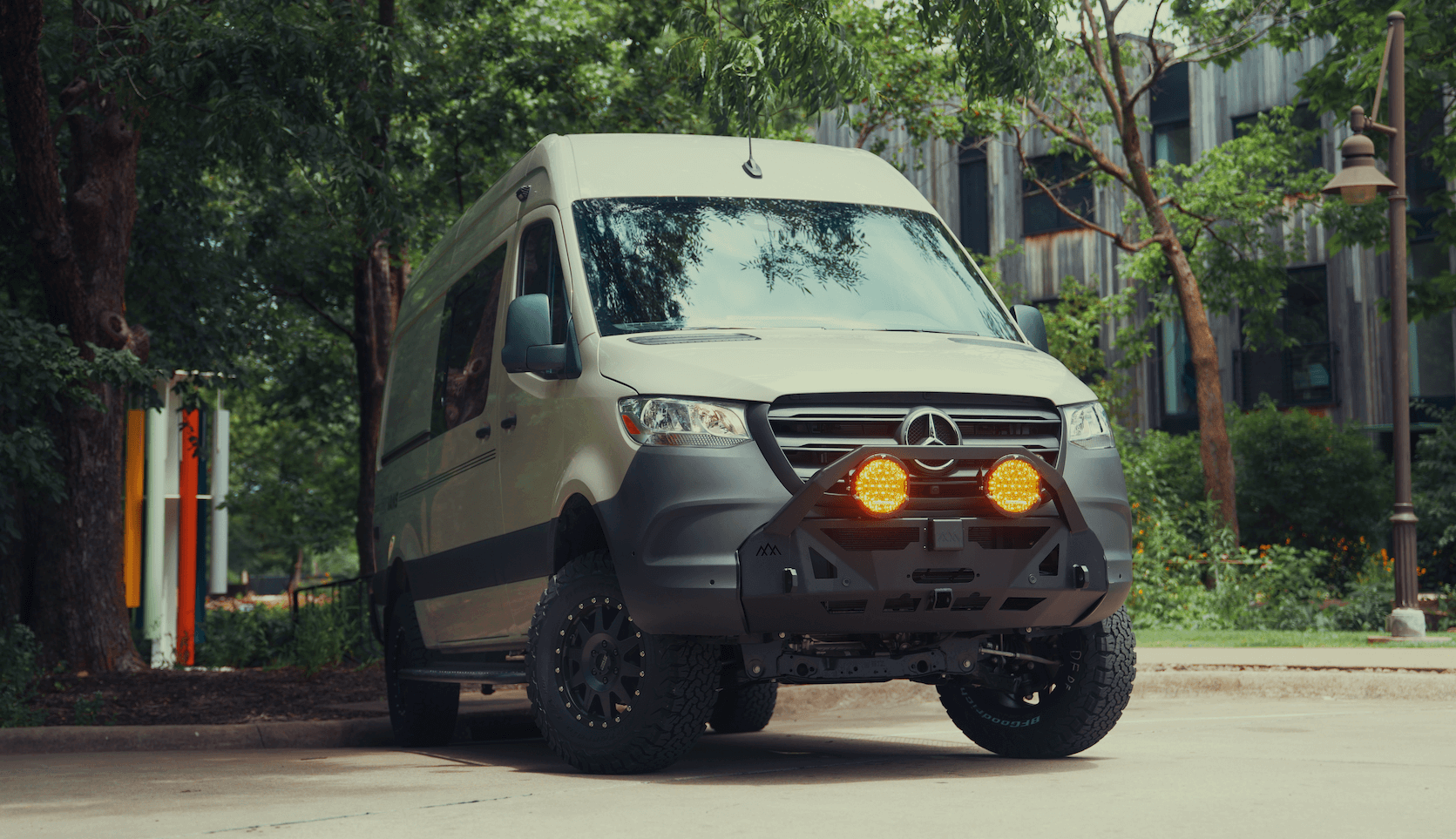Recreational Vans

Heating adds comfort but it also changes the air you breathe. Combustion heaters consume oxygen and create byproducts that must leave the space. Even electric heaters move air and can recirculate moisture, which affects comfort and condensation. A sound plan includes combustion air supply, exhaust routing to the outdoors, and a reliable way to refresh indoor air. In tight spaces such as vans and small cabins, the margin for error is smaller, which makes ventilation a primary design decision rather than an afterthought.
Incomplete combustion can produce carbon monoxide, which is colorless and odorless. Oxygen depletion is another risk if a heater pulls combustion air from the room. Correct ventilation protects against both by providing makeup air and by exhausting combustion gases outside. High quality detectors for carbon monoxide and combustible gas add a layer of protection and should be tested routinely.
Hydrocarbon combustion makes water vapor. In cool weather that moisture condenses on windows and hidden metal, which can lead to mold and corrosion. Moving humid air out and drawing dry air in sharply improves comfort and protects materials. Vent fans, cracked windows that are strategically placed, and passive vents close to the floor and ceiling help manage vapor.
Different technology changes what ventilation looks like in practice. The goal stays the same: bring clean air in, move exhaust out, and keep the living zone smoke free.
These heaters draw combustion air from outside and send exhaust outside through a dedicated flue. The flame is isolated from the room, which greatly reduces carbon monoxide risk inside the cabin. They still need general room ventilation to handle residual moisture and to maintain fresh air for people. In very small volumes, a continuous low speed fan or cracked vent can maintain air quality.
Common in mobile platforms, these heaters burn fuel in a closed chamber while a separate fan moves cabin air across a heat exchanger. Combustion air and exhaust remain outside, which is a major safety advantage. Safe installation focuses on short smooth exhaust runs, stainless piping, proper clamps, and a gentle downward path to keep condensate moving away from the heater. Keep intakes and exhaust outlets clear of snow, dust, and road spray.
Catalytic or radiant units that vent into the room are not recommended in enclosed spaces. They consume indoor oxygen and release moisture and combustion byproducts where you breathe. If used in any setting, open windows that create cross flow and use active monitoring. Local codes often restrict unvented devices, which makes a vented or sealed option the safer long term choice.
Ventilation requirements for heaters start with the space volume and the heater output. Manufacturers specify minimum clearances, flue size, maximum run length, and the number of bends. Adhering to those numbers is not optional, because every elbow adds resistance that can cause poor combustion. When in doubt, shorten the exhaust path, increase diameter only if allowed, and support the pipe so vibration cannot loosen joints.
A room that is tight needs intentional makeup air. In building codes, confined spaces often require permanent openings sized by heater BTU rating. The exact math varies by code and by appliance, but the idea is constant. Create low and high paths for air to enter, keep them free of obstructions, and avoid drawing dusty or exhaust laden air from garages or engine bays.
Terminate exhaust where wind eddies are minimal and well away from windows or doors. Point outlets slightly downward to shed condensate, and use high temperature sealants rated for the flue temperature. Maintain clearance to combustibles along the entire run and add heat shields where surfaces are close. Inspect after the first few hours of operation, since thermal cycles can relax fasteners.
Modern roof fans can assist by pulling stale air out while a low vent brings fresh air in. In cold climates, intermittent cycles can balance heat loss with air quality. Be disciplined about test burns and leak checks before any long trip.
Paragraph: Safer heat for mobile living and work Integrating a heater into a compact vehicle or small workspace calls for clean routing, quiet operation, and reliable airflow. OZK Customs designs around real use, which means sealed exhaust paths, planned makeup air, and tidy service access that stays easy to reach. If you want a purpose built van with a safe heating system and thoughtful ventilation, explore our Recreational builds at recreational vans, our custom build van approach, or browse mainstream vans for financing options.
Heating comfort should never compromise safety. OZK Customs in Fayetteville configures heaters with fresh air supply, sealed exhaust, detectors, and code mindful routing inside full custom van builds. Tell us how you travel and we will tailor a complete system that runs clean and quiet. Submit your build idea and we will map the next steps.
Ready to heat your rig the right way? Our Fayetteville team designs and installs heater systems with proper fresh air, sealed exhaust, and code mindful routing. Tell us how you travel, and we will build a safe, quiet, efficient setup that fits your floor plan. Start your build consult now.
ADDRESS:
6159 E Huntsville Rd, Fayetteville, AR 72701
PHONE:
(479) 326-9200
EMAIL:
info@ozkvans.com